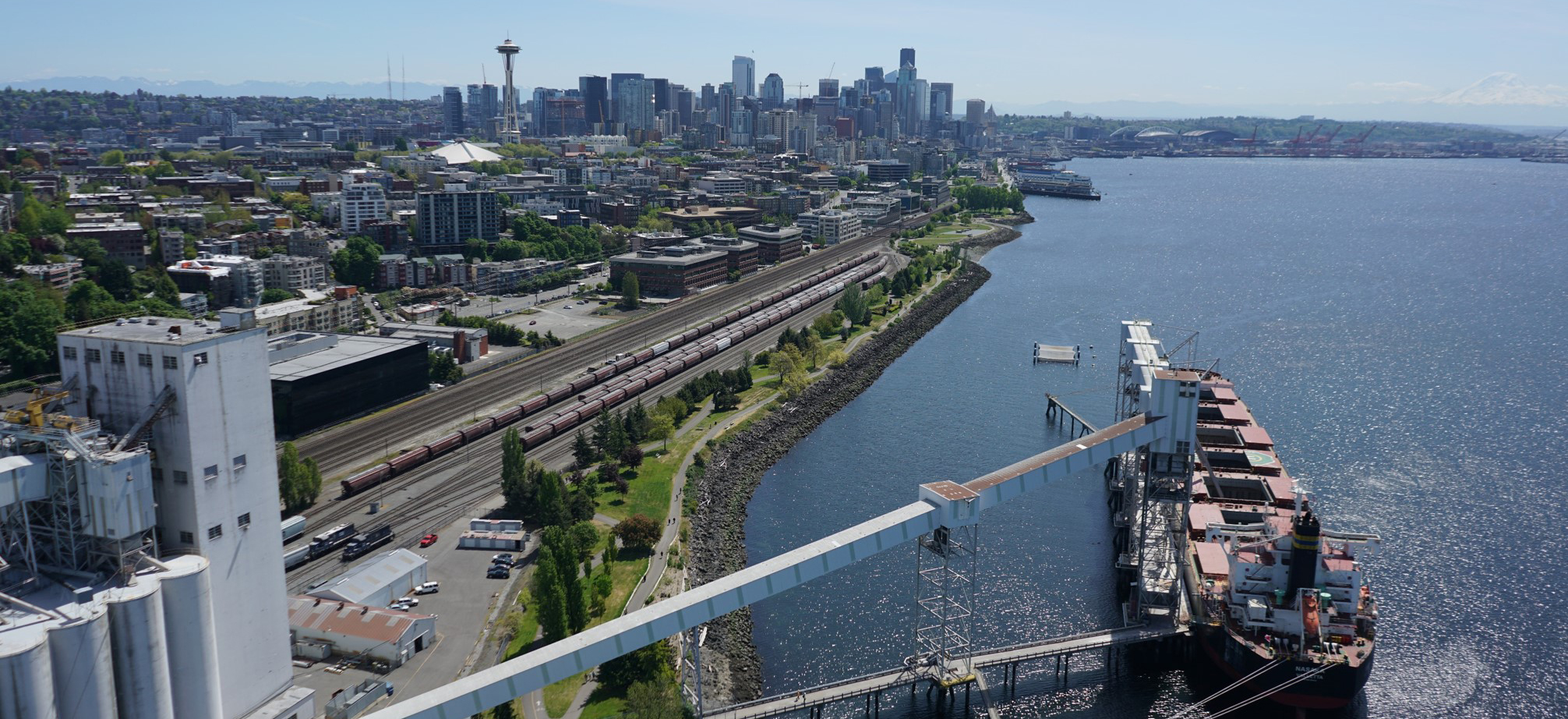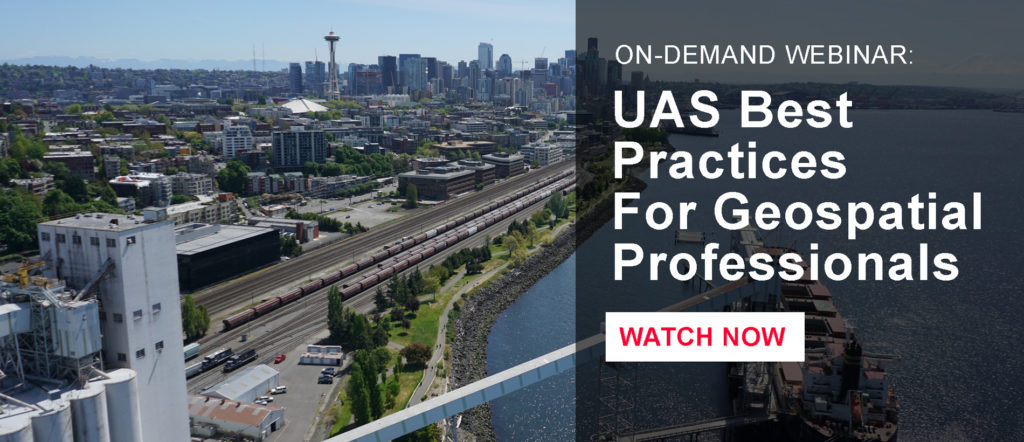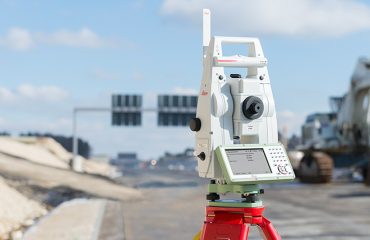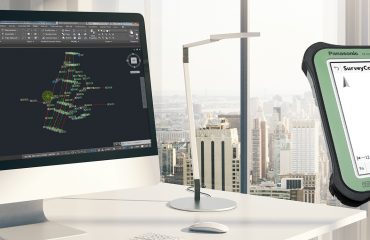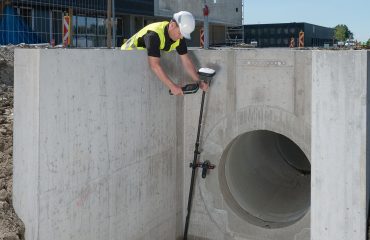Unmanned aircraft systems (UAS) have become an increasingly popular way to capture surveying and mapping data. The high resolution, geospatially accurate photos from a UAS (also called drones or UAVs) are easily interpreted and can be used for multiple purposes—from simple job inspection or progress reporting, to making measurements, generating point clouds or creating orthorectified images. These images provide a permanent record of the site. Additionally, UAS photogrammetry can be used to generate terrain models and orthorectified images quickly and at a much lower cost than ground surveying methods, and it can provide access to areas that would be difficult, dangerous or impossible through traditional means.
But achieving survey-quality results with a UAS isn’t always straightforward. In fact, poor data quality is often one of the biggest frustrations for surveying professionals who are new to UAS data capture. How can you take advantage of the benefits of a UAS without sacrificing your high quality standards?
1. Use a Professional-Grade UAS
There’s a reason professional-grade systems aren’t sold at your local electronics store or hobby shop. To achieve the best results, look for a complete UAS solution that is capable of capturing, processing and analyzing millions of data points as well as visualizing the data to provide actionable information. The ability to integrate with existing surveying technologies, such as total stations, GNSS and laser scanning is also valuable since it provides a more complete set of information.
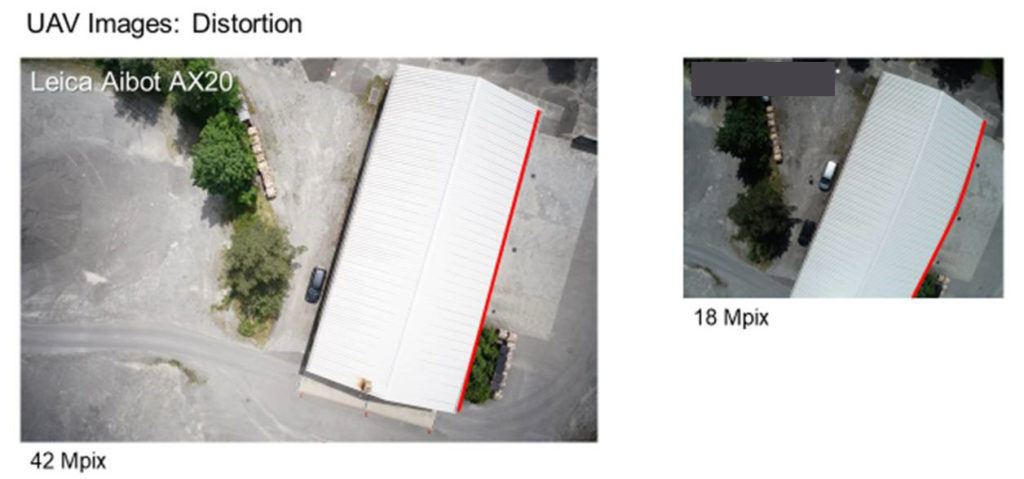
Professional-grade systems also have a high level of productivity. Flight time alone is not a reliable or accurate metric for productivity. Two UAVs with the same flight time can have significantly different productivity. Camera resolution, image footprint, flying height, and flight speed all contribute to the amount of area that can be covered at a particular ground sample distance (GSD). The ability to integrate with your existing terrestrial surveying equipment such as GNSS base stations and GNSS networks save money, streamline workflow, and reduces chance of blunders. These capabilities will enable you to cover a lot more area at a practical and safe flying height while achieving a survey-grade 2-cm GSD.
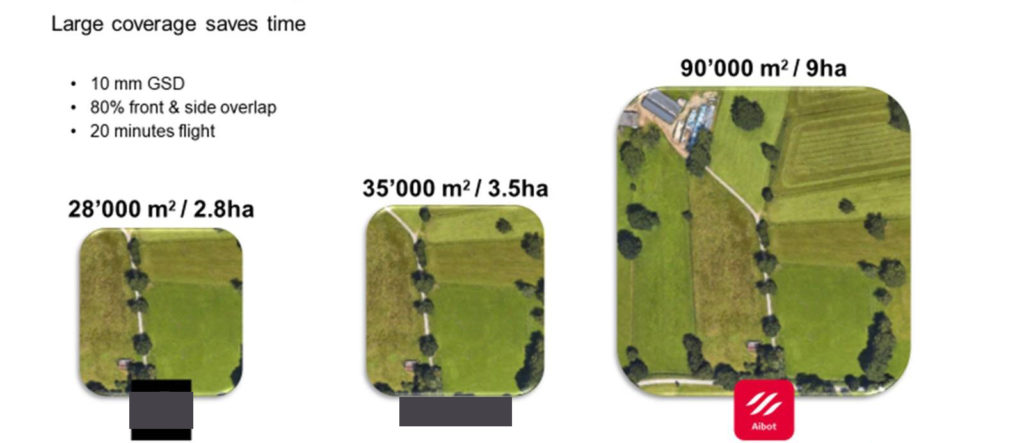
2. Use Smart Software
Processing the data is a big hang-up for a lot of firms. The camera on a UAS system might be capable of capturing high-resolution imagery and large point clouds, but having clean, accurate data is paramount. Achieving this goal requires software that processes the data to ASPRS photogrammetry standards and can filter out data that doesn’t meet accuracy requirements.
Below is a side by side comparison of the same images of an asphalt parking lot that were processed with two different UAS software packages. Both images have the same control points. The point cloud on the right has a “boiling” effect due to the noise in the point cloud and is basically unusable. The point cloud on the left was processed with software that adheres to ASPRS mapping standards and is much cleaner.
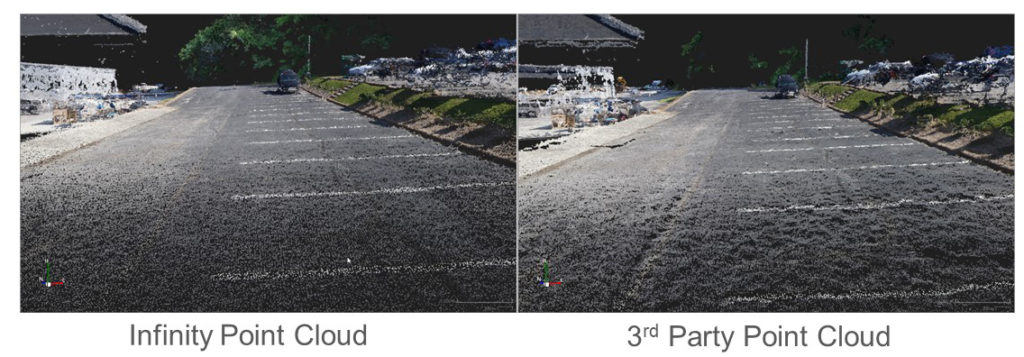
Conducting a surface flatness analysis heat map on the asphalt reveals an even greater difference in software capabilities. In the heat map on the left, 99.8% of all the points that make up that section of point cloud are within ± 1 cm or 0.03 ft. In the heat map on the right, only 47.3% of the positions in the point cloud are within ± 1 cm, and there’s also about 0.35 of swing on the surface, which renders the data unusable for as-builting purposes.
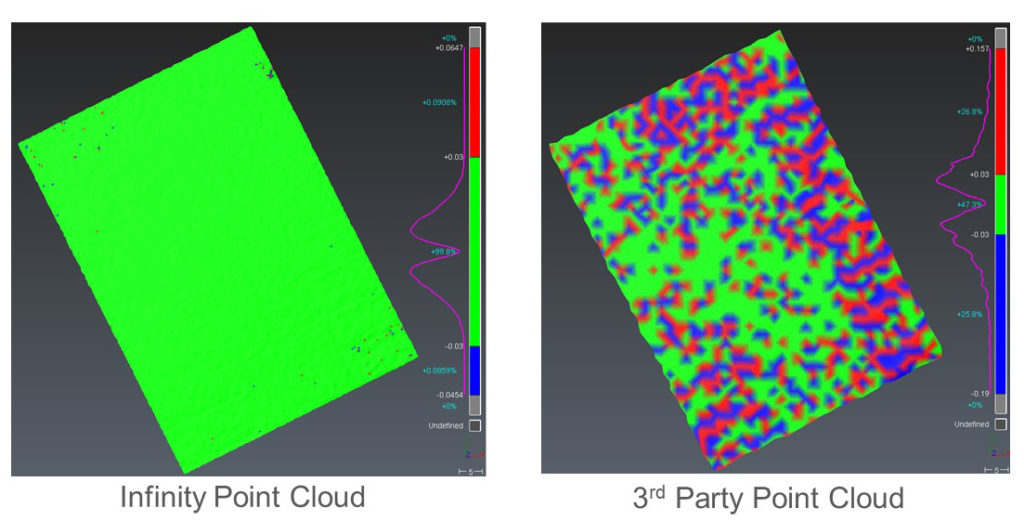
To achieve survey-grade results, the UAS software should generate point cloud data that is both precise and accurate, which requires adhering to ASPRS standards for digital image processing.
Additionally, the processing software should allow seamless integration with your other terrestrial data sources such as total stations, GNSS, and Scanners.
3. Know and Follow UAS Best Practices
Even with the best UAS hardware and software, there are other variables that affect photogrammetric quality. Achieving high-quality imagery requires understanding basic photography principles concerning exposure, shutter speed, image blur, flight speed, camera settings and shadows. You also need to do mission planning to make sure you use the right amount of overlap—too much overlap will compromise your productivity by requiring excessive time to capture and process the data, while too little overlap will compromise your data quality.
Additionally, it’s important to fly at the right height to achieve the required GSD. RTK/PPK positioning is another factor—collecting images that are positioned accurately coming from the aircraft can save you time by requiring fewer control points for the same level of accuracy. It also saves office processing because the software does not need to work as hard to align the imagery.
Other parameters include the number and quality of ground control points, the number and quality of checkpoints, the amount and density of vegetation, the surface composition and texture, as well as the quality of targets you use. Taking the time to learn and follow the UAS best practices is crucial to meeting quality standards.
(I dive into these best practices in more detail in the on-demand webinar UAS Best Practices for Geospatial Professionals)
4. Work with a Trusted Partner
A UAS is an efficient, effective way to capture aerial data to generate accurate orthophotos, 3D models and high-density point clouds. Is it possible to achieve survey-quality results with a UAS? Absolutely, but you need to know what you’re doing. Work with a trusted partner who can provide the end-to-end solution, from the aircraft to the planning and processing software as well as the training and support, and you’ll be well positioned for UAS success.
———
About the Author:
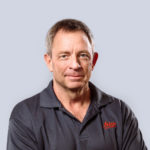 Bryan Baker is the unmanned aircraft system sales manager for Leica Geosystems in the US and Canada. He has been in the geospatial industry for his entire career and has a passion for aviation and technology. He’s an ASPRS certified mapping scientist, an instrument-rated commercial pilot, and a small UAS remote pilot. He’s also a factory-certified UAS trainer and an FAA advanced ground instructor. In his spare time, he volunteers as an FAA Safety Team representative and is a designated “Drone Pro” for the southwestern US.
Bryan Baker is the unmanned aircraft system sales manager for Leica Geosystems in the US and Canada. He has been in the geospatial industry for his entire career and has a passion for aviation and technology. He’s an ASPRS certified mapping scientist, an instrument-rated commercial pilot, and a small UAS remote pilot. He’s also a factory-certified UAS trainer and an FAA advanced ground instructor. In his spare time, he volunteers as an FAA Safety Team representative and is a designated “Drone Pro” for the southwestern US.
———-
Related Resources:
———
To talk to one of our experts and learn more about how to grow your surveying business, please contact us.
